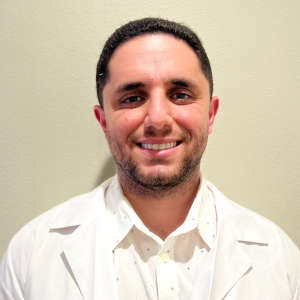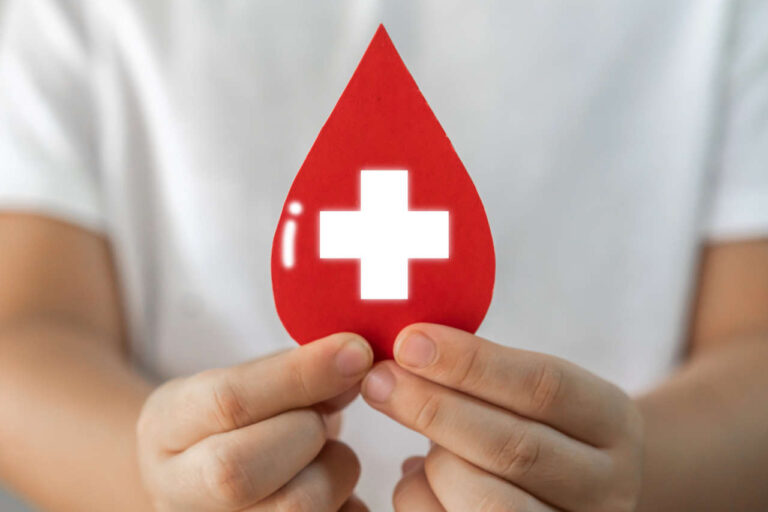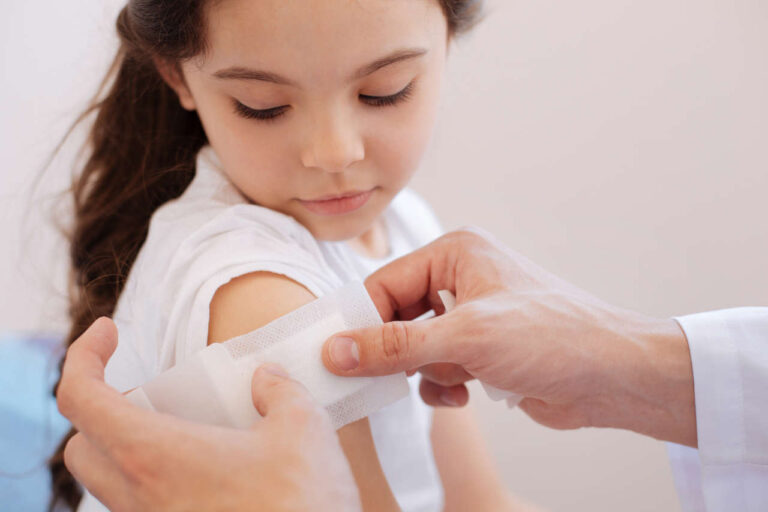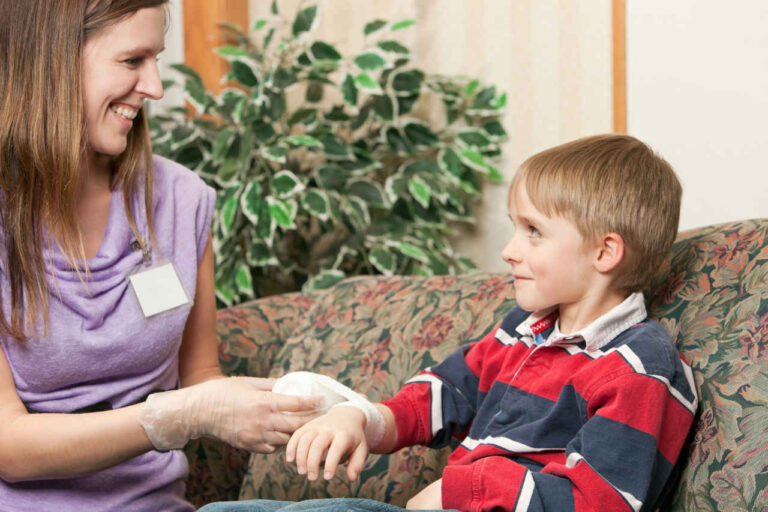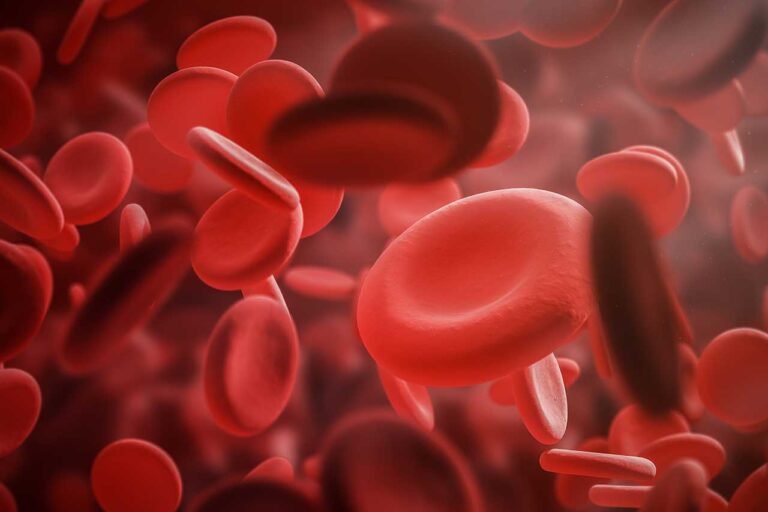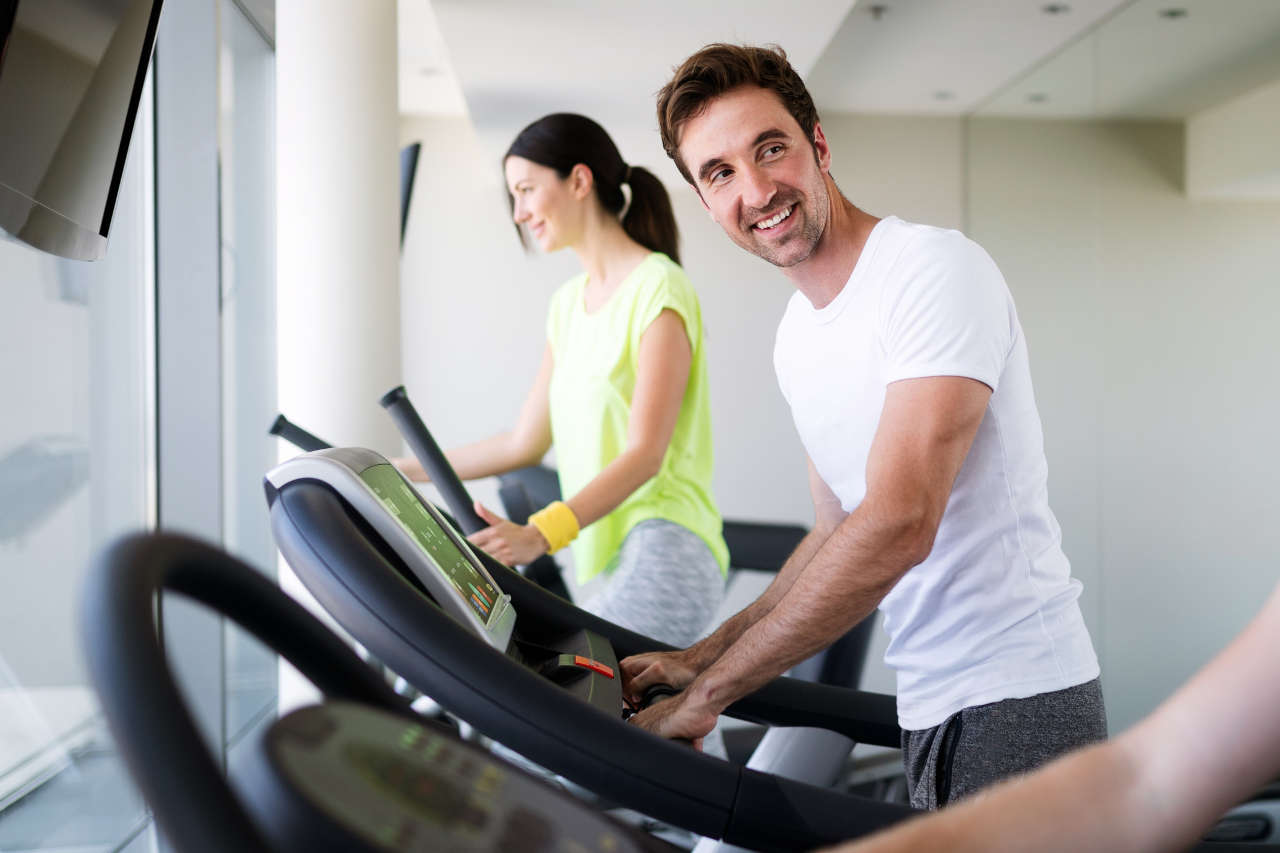
Regular exercise benefits everyone, including those with hemophilia. However, for people with hemophilia, an exercise program needs to be customized based on:
- Individual preferences and interests
- Age
- Current activity level
- Disease severity
Speak to a Specialist About Copay Assistance
How Exercise Benefits People With Hemophilia
Regular physical activity improves joint function, reduces the risk of injury, and improves quality of life. Additionally, staying active can help improve pain, range of motion, and muscle strength.
Exercise strengthens bones and joints
Frequent joint bleeds are common among people with severe hemophilia. Over time, these types of bleeds can lead to joint swelling and destruction, which is associated with:
- Joint pain
- Reduced mobility
- Brittle bones
- Reduced quality of life
Exercise helps preserve bone mass, reduces pain perception, and boosts joint movement [1,2].
Exercise strengthens muscles
Muscle bleeds can result in swelling, increased risk of infections, and loss of muscle strength [3].
Resistance training (weight lifting) not only increases muscle strength but also makes bleeding episodes less severe and less frequent [4].
Regular Exercise Helps Maintain a Healthy Weight
Obesity is a significant health issue among people with hemophilia. This is because hemophilic individuals tend to be more physically inactive. As a result, they are more likely to gain weight.
According to the CDC Registry Report on Males with Hemophilia 2014-2017 [5]:
- Among participants with hemophilia A aged 20 years or older, 34% were overweight, and 33% were obese.
- Among participants with hemophilia B aged 20 years or older, 34% were overweight, and 37% were obese.
Both exercise and a healthy diet are effective tools for weight loss. Studies show that even moderate weight loss can decrease joint bleeds [6].
Hemophilia and Exercise: What Activities to Include and Avoid?
Water-based exercises may be more effective than land exercises for pain relief in adults [7].
For improving muscle strength, functional exercises seem to be more effective than static exercises. Examples of functional exercises are treadmill walking and partial weight-bearing exercises.
Hemophilia activities list
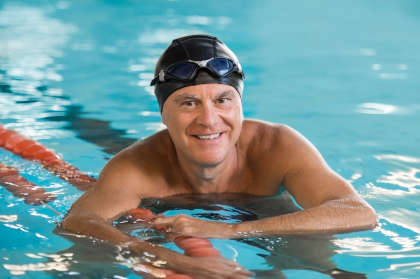 According to the National Hemophilia Foundation, safe activities include the following [8]:
According to the National Hemophilia Foundation, safe activities include the following [8]:
- Walking
- Hiking
- Swimming
- Archery
- Aquatics
- Stationary bike
- Elliptical machine
- Fishing
- Frisbee
- Golf
- Tai Chi
- Snorkeling
Activities with safe to moderate risk include:
- Bicycling
- Using a rowing machine
- Using a ski machine
- Circuit training
- Using the treadmill
- Spinning
- Physioball
- Weight lifting
Get Financial Assistance
Activities with moderate risk include:
- Aerobics
- Bowling
- Dance
- Supervised recreational diving
- Using a Stepper
- Jumping rope
- Roller-skating
- Rowing
- Tennis
- Yoga
Activities with moderate-to–dangerous risk include:
- Canoeing
- Basketball
- Baseball
- Gymnastics
- Mountain biking
- Kayaking
- Karate
- River rafting
- Skateboarding
- Soccer
You may choose to participate in these activities only after consulting your healthcare provider and with adequate precautions and supervision.
Activities with highest risk (NOT RECOMMENDED) include:
- Boxing
- Competitive diving
- Football
- Hockey
- Powerlifting
- Lacrosse
- Rock climbing in natural settings
- Rodeo
- Snowmobiling
- Using the trampoline
- Wrestling
Hemophilia and Exercise: How Long and How Often To Work Out?
The duration and frequency of exercise can vary depending on your fitness level, disease severity, type of activity, and goal. Regardless, any exercise program should routinely include the following steps: stretching, strengthening, conditioning, and aerobic training. In addition:
- Warm up for about 10 minutes before starting your training. Cool down for 10 minutes after you finish your training.
- Perform strength training exercises two to three times a week with at least 48 hours rest between sessions. Each session typically lasts 30 minutes and should involve all major muscle groups.
- Do aerobic exercises for 15 to 20 minutes thrice weekly. Examples include walking, swimming, and riding a bike. If your target is weight loss, you should train for at least 30 minutes five times a week.
- Move as much as possible. Walk at a pace that allows you to speak but not sing for at least 30 minutes on most days of the week.
Note: The recommendations above are for adults with hemophilia.
Hemophilia and Exercise: Tips for Optimal Results
- Before starting a new activity, talk to your healthcare provider for an evaluation. This is critical even if you don’t have any specific health issues.
- Learn how to identify the early signs of a bleed (e.g., confusion, clammy skin, dizziness, light-headedness, weakness, shortness of breath). Seek immediate medical care if you notice one, especially if you suddenly feel any of these in relation to your exercise.
- You may receive prophylactic factor replacement before certain activities to help prevent bleeds.
- Choose activities you enjoy. Such activities are more likely to become a habit.
- Start with a low-impact and joint-friendly activity like swimming or stationary cycling. Once you gain enough strength, you may progress to harder ones.
- It is best to exercise with a friend or family member for added safety.
Speak to a Specialist About Hemophilia
What Sports Can You Play With Hemophilia?
Non-contact sports are safe for people with hemophilia. Examples include swimming, walking, and jogging. Participation in demanding sports such as rugby, boxing, football, and basketball is not recommended.
REFERENCES:
- Zhou, H., Chen, L., Su, H. et al. Risk of low bone mineral density in patients with haemophilia: a systematic review and meta-analysis. J Orthop Surg Res 19, 52 (2024). https://doi.org/10.1186/s13018-023-04499-6
- Schäfer, G S et al. “Physical exercise, pain and musculoskeletal function in patients with haemophilia: a systematic review.” Haemophilia : the official journal of the World Federation of Hemophilia vol. 22,3 (2016): e119-29. doi:10.1111/hae.12909
- Wilding, J et al. “Obesity in the global haemophilia population: prevalence, implications and expert opinions for weight management.” Obesity reviews: an official journal of the International Association for the Study of Obesity vol. 19,11 (2018): 1569-1584. doi:10.1111/obr.12746
- Tiktinsky, R et al. “The effect of resistance training on the frequency of bleeding in haemophilia patients: a pilot study.” Haemophilia : the official journal of the World Federation of Hemophilia vol. 8,1 (2002): 22-7. doi:10.1046/j.1365-2516.2002.00575.x
- “Weight Status | Males With Hemophilia Registry Report 2014-2017.” Centers for Disease Control and Prevention, 3 Sept. 2019, www.cdc.gov/ncbddd/hemophilia/communitycounts/registry-report-males/weight-status.html.
- Biasoli, Chiara et al. “Promoting physical activity in people with haemophilia: the MEMO (Movement for persons with haEMOphilia) expert consensus project.” Blood transfusion = Trasfusione del sangue vol. 20,1 (2022): 66-77. doi:10.2450/2021.0138-21
- Strike, Karen et al. “Exercise for haemophilia.” The Cochrane database of systematic reviews vol. 12,12 CD011180. 19 Dec. 2016, doi:10.1002/14651858.CD011180.pub2
- National Hemophilia Foundation. Playing It Safe. Bleeding Disorders, Sports and Exercise. https://www.hemophilia.ca/files/PlayingItSafe.pdf
